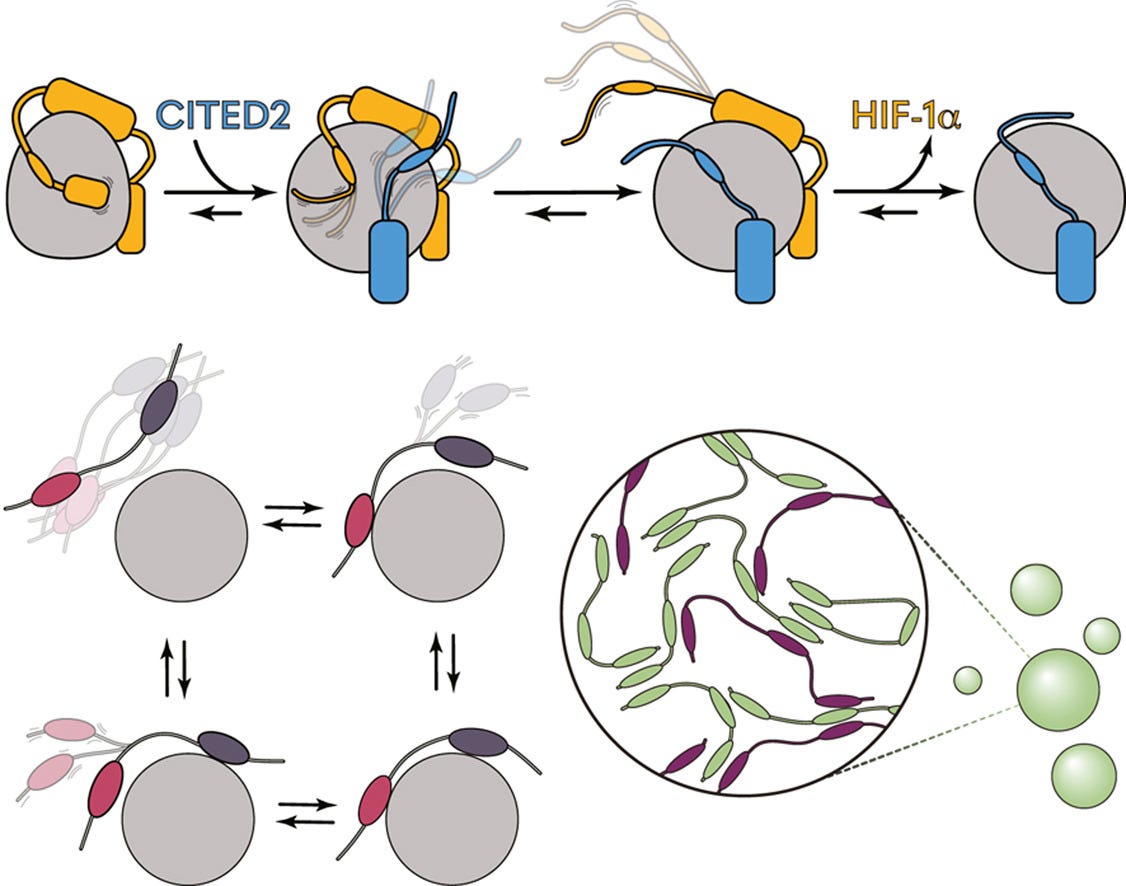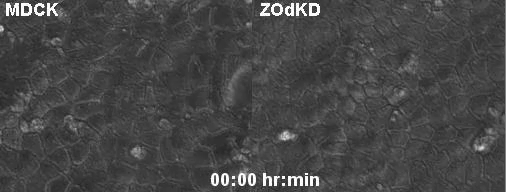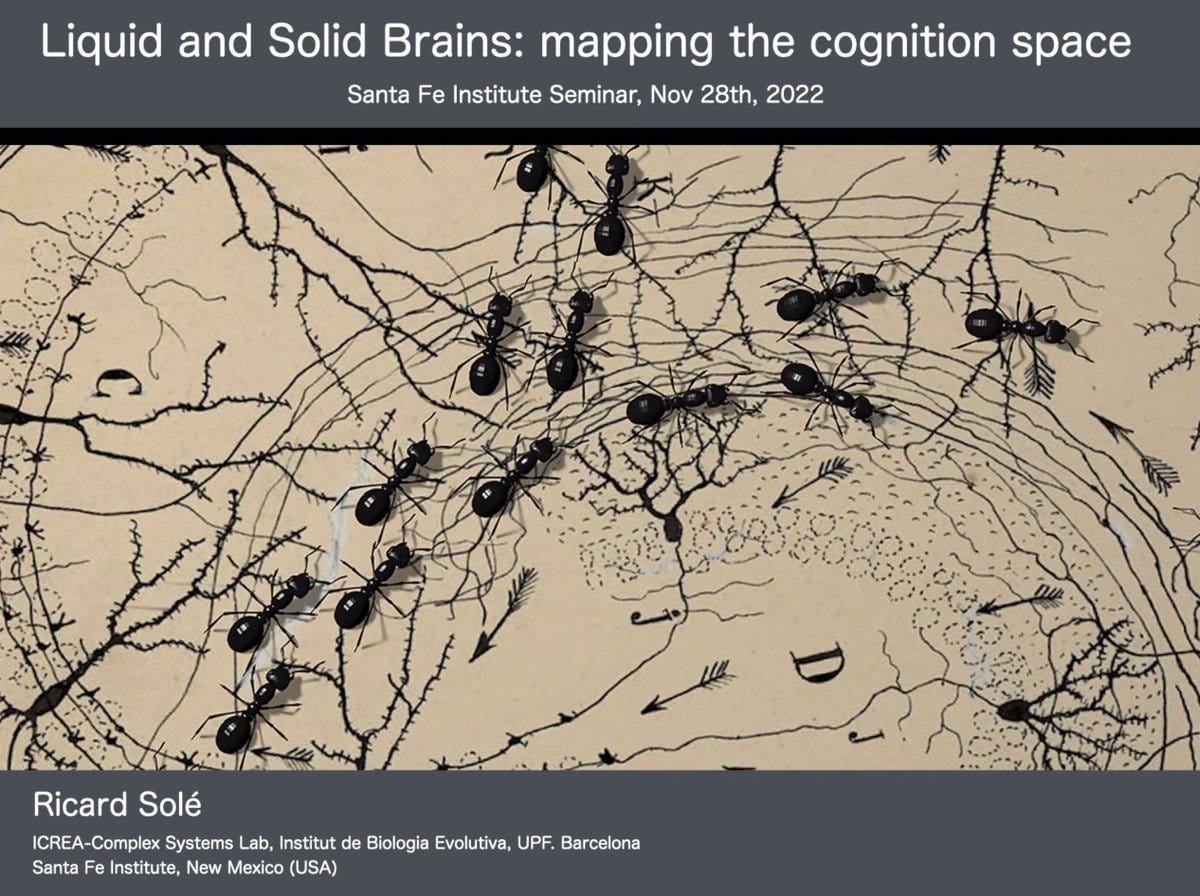“We all have strengths and weaknesses and can compensate for the weaknesses with structures. Your weakness is not paying attention to trivial things, so you are trying to compensate with ways to remind yourself.” The lab mentor commented. I found his framing constructive.
The flaws I noticed in past work environments are mostly related to distractedness. I make mistakes because I forget a step, underestimate time and rush, or tried to multitask. I deliver late or don’t deliver what I promised because I pivoted the plan midway through. I avoided spending time on it because of psychological difficulty related to perfectionism, and doubt. I didn’t decompose the tasks into tractable parts, or didn’t choose which one to execute by when. I sometimes spend time unproductively doing stuff that doesn’t contribute to the goal (eg. reading or reflecting).

I want to improve my reliability because I want to collaborate with good people and that means I need to be responsible for my part. The framing that structures can compensate for tendencies is helpful. I can improve without genetically engineering my lossy brain, I can improve by letting lists and computers remember on behalf of me. That is a relief and direction to me.
Flaws can become harmless. The characteristic that causes the flaws can turn into strengths. I noticed that the distractedness also makes me ask questions, relay connectable ideas, and express why something is interesting — actions that teammates or mentors have treated as valuable. When I resolve the baseline issues, I have more energy to develop these skills.
For the past week, the most useful structure has been weekly feedback sessions. Before the session, I tend to prepare the task list and schedule for the upcoming week and summarize the results and issues of the past week. During the session, someone better at project management and the task itself than me helps me tweak my plans and interpret the results.
In this sense, I am grateful for my living conditions. I really appreciate the access to mentorship, ideas and how-tos, knowledge-making instruments, and the time to fully work on learning/researching all while having money to eat and emotional support to live.
Besides the feedback session, I have found that I needed to keep the todos in one place and let them roll over when I haven’t done them that day. Also, I needed one place to record and mark all metadata, because I had a hard time remembering which data files interpreted in previous meetings needed to be fixed.
When writing and reading to contextualize the current experiments or ideate next steps, by default I vomit concepts onto lists without clear logical connections. Based on feedback, it is helpful to follow structures such as gap analysis and the scientific article-specific style of definitions, who cares, and what’s new.
I am still iterating on these strategies. I would love to discuss and learn how to use structures to improve work tendencies!
What I did this week
Eat food
I grouped two weeks in one because I forgot to edit the first one, then had a full second week with Yutaro visiting Chapel Hill. When I’m alone sometimes I go into spirals of despair from an experiment issue or ecstacy from inspirations. But with a trusting company, I felt anchored to a fused lifestyle where we sort out things as a unit. I wish I can swing the unit less, and I savor the problem-lessness that is already here.
I learned a lot from how Yutaro cooks food for himself and people around him that is fast, tasty, nutritious. In contrast, my chaotic workflow envelopes my cooking: often I would combine 2+ seasoning from opposite cultures (eg gochujang and masala) and accidentally turn ingredients into undesirable phases of matter (eg mushy fried rice). To summarize my takeaways are:
texture: usually people like a desirable range of solidity in rice and eggs. they are easy to achieve: rice is best when water is half a finger nail above the rice etc.
taste: sample the taste while cooking to adjust on the go, to avoid a final reveal of disaster.
mentality: improving in quality and planning is easier than I imagined since I can already regularly make food that I tolerate now.
aim: what do you want the eater(s) to experience? psychological & physical satiety, health, surprise?
disclaimer: everyone is slightly different in their taste and texture preferences.
Epithelial Morphogenesis
Experiment: We have finished the first round of image data collection for mutant flies that have a part in a protein replaced by the mammal equivalent, compiled them into photoshop files, and started organizing them by developmental stages. I use a spreadsheet to track the edits that each file needs. I started turning a new set of mutant flies into data by bleaching and staining then taking pictures of their tissues. I pre-plan the week schedule to make sure the timing of multiple procedures doesn’t run into each other.
Writing: I spent two days updating the graphical summary. The mentor advised that I add more general context to situate our work.
Reading: While making the diagram, I read relevant reviews about disordered proteins (aka proteins that don’t have a fixed 3D shape) and what they do. "Multivalency emerges as a common feature of intrinsically disordered protein interactions” is a recent review by a group at UNC. They compile experiments about multivalency, which is when many parts of the same protein are binding to partner(s). In network terms, each node — protein — can have more than one edge — binding interaction. These protein networks also often update their edges, which is something disordered proteins are especially good at because they can contort their shape to bind to different partners, and they can wrap around ordered proteins to let them sit into right positions.

Swarm Intelligence
I’m naming this project 'swarm intelligence’ because it is a conference this year that I want to go to or watch. It has many animal collective behaviorists that I like. Swarm intelligence as a field works on questions like “how do living things interact with each other to form groups that solve problems and move through the world in ways that the individuals alone cannot?” and “what can humans learn from these natural world examples to inspire application such as optimization algorithms, robot or artificial swarms, internet collaboration or harm-reduction, and other decentralized systems?” Of course there is a degree of high untestable claim to importance and difficulty to empirically test effectiveness. It feels like a sufficiently accurate and fun title now.
For the literature review of the project, I organized 46 papers, 50 concepts and 3 aims into my database. It is currently a bag of words, but I am excited to string together a chain to show to people, hammer out the integrated aims and synthesized evidence (post coming). Synthesis and agenda making in general research is a skill I look forward to gain because it can be so useful in any problem that lacks an answer.
Last spring when I worked on a group project that involved literature review and hypothesis generation, I struggled because I half-read papers and couldn’t turn outline into prose. This time, setting an outline template to fill out helped me with getting information from papers.
Another takeaway was that reading the papers and tagging them also helped me fully go into the big picture mode. I realize that previously when I thought I was too broad, it was actually because I was reading narrow scopes that I did not personally understand or get interested by.
This time, reading the opinion piece “Ecology for bankers” stirred arguments around the power and premise of system models in me. I saw that the field of collective dynamics and swarm intelligence doesn’t stop at modeling, it can be potentiated for animals, robots or farming or philosophical assumptions.
Reading the introduction and organization of a theme issue (e.g. “Solid Brain, Liquid Brain” in Royal Society Biology) gave me the big picture view that was comprehensive and simple enough to digest. While I initially thought the metaphor of brains to solid (e.g. neuronal groups) and liquid (e.g. immune cells in blood vessels or fish school) phases was attractive, I mistakenly defined the distinction just to be that the liquid brain components are in motion, converting environmental energy into mechanical work. However, when I read closer I realized that an important feature to the analogy is that liquid phase brains also have no stable connection over time. And that to be a “brain”, the system is assumed to have sensory, processing, memory capabilities. The flashy word of solid vs liquid brain became more concrete and evaluable.





